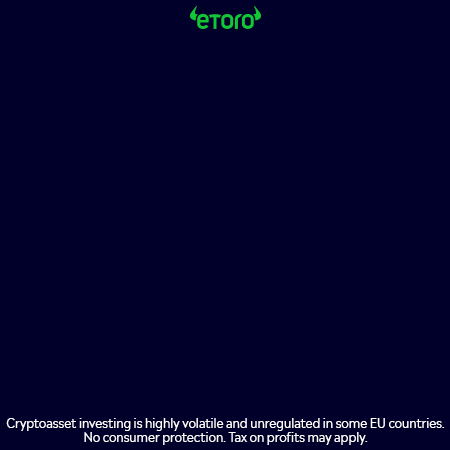Terra Classic voted to lower the so-called “burn tax”. Each transaction will now be subject to a 0.2% tax rate. Contributors to the Terra Classic blockchain have decreased the so-called “burn tax” on all Terra Classic token transactions (LUNC).
Contributors adjusted the tax rate from 1.2% to 0.2% due to the former rate being thought to cause a decrease in network activity.
After the community ratified ” Proposal 5224 “, the updated rates were in effect at 8:50 ET today. The number of tokens used for each transaction has been decreased and the governance proposal 5234 was ratified.
After UST stablecoin’s depeg wiped out over \$40 billion of value in May 2022 Terra’s creator Do Kwon abandoned Terra’s original Terra network and relegated it to “classic” status in favor of the new Terra 2.0 chain. The project’s development is now managed by investors and community members.
The Terra Classic governance body voted last month to apply a 1.2% tax to each LUNC transaction.
This was done in an attempt to reduce LUNC’s supply.
It is worth noting, however, that the blockchain had 6 trillion LUNC tokens left in circulation after Terra Classic’s May collapse. This figure was 20,000 times greater than Terra’s $300 million supply prior to its collapse.
The 1.2% burn tax was intended to increase LUNC’s tokenomics. However, it demotivated usage and led to a decrease in on-chain activity. According to estimates by core contributors, the tax reduced LUNC’s on-chain transaction volume by 91.67%.
On Oct. 10, a newly-drafted community proposal suggested that the tax be retained but the rate be lowered. 83% of the votes today approved reducing the token supply slowly in order to strike a balance between activity and token supply reduction. The proposal reduces the burn rate and sets aside 10% tax revenue for ecosystem activities and contributors.
According to CoinGecko, Terra Classic (LUNA), is currently trading at \$0.00024 and has a market capitalization in excess of \$1.7 billion.










